Is Body Odor Inherited from Parents?NULL
2023/10/24
院長ブログトップ > Is Body Odor Inherited from Parents?
Is Body Odor Inherited from Parents?
Body odor, commonly referred to as B.O. or bromhidrosis or osmidrosis, is a prevalent concern. Many wonder to what extent the intensity and risk of this condition can be attributed to genetics.

Role of Genetics
A crucial gene in discussing the relationship between B.O. (osmidrosis) and genetics is ABCC11. This gene is involved in producing a specific compound, N-acetyl-5-methyloornithine, secreted by apocrine sweat glands. When certain bacteria on the skin, particularly from the Corynebacterium genus, break down this compound, they produce 3-methyl-2-hexenoic acid, the primary cause of B.O.
ABCC11 Gene Variations and B.O.
Our bodies are governed by bundles of information called genes, acting as blueprints for specific traits and characteristics. Within these blueprints, small changes or variations, known as SNPs (Single Nucleotide Polymorphisms), exist. Regarding the ABCC11 gene, specific SNPs are associated with B.O., determining whether a person has dry or wet earwax, each type correlating with varying B.O. risks:
■Dry type (AA): Low risk of B.O.
■Wet type (GG): High risk of B.O.
■Intermediate type (GA): Moderate risk of B.O.
Numerous studies have validated the relationship between earwax type and B.O. risk.
Identifying Your Type
Think of it like blood types. While there are combinations like AA, AO, BB, BO, AB, and OO in ABO blood types, focus on AA, BB, and AB for this context.
If both parents are AA, following Mendel’s laws of inheritance, the child will undoubtedly be AA. Similarly, if both parents have the GG variant in the ABCC11 gene (wet type), their child will undoubtedly be GG. On the other hand, if both parents are AA (dry type), the child will not develop B.O.
Onset and Risk of B.O.
Individuals with the GA variant are at a higher risk of B.O. (osmidrosis) compared to AA, but lower than GG. However, this does not mean someone with GA has a B.O. intensity halfway between GG and AA. GA simply indicates a state of carrying two different variations, serving as a gauge for B.O. risk. Nonetheless, the incidence rate and intensity of B.O. are influenced by not just genetic factors but also environmental conditions, diet, lifestyle habits, hormonal fluctuations, and the balance of bacteria on the skin.
Geographical Variations in B.O.
Genetic studies have shown that the AA genotype is particularly common in East Asian regions, gradually decreasing from north to south and east to west. Specifically, the frequency of dry earwax (AA) is incredibly high among Chinese and Korean populations. This suggests that the AA genotype originated in Northeast Asia and later spread worldwide, implying that Chinese and Koreans are more likely to have a lower risk of B.O. (osmidrosis) . Although Chinese people are often said to be as sensitive to smells as Japanese, this could be related to the significantly lower prevalence of B.O. among the Chinese population.
Conclusion
If both parents have B.O. (osmidrosis) , there is a 100% chance their child will inherit the condition. However, the intensity of the odor is influenced by a myriad of factors, including genetics, environment, diet, lifestyle habits, hormonal fluctuations, and the balance of skin bacteria. If you are concerned about potentially having B.O., it is recommended to consult with a specialist, such as a cosmetic surgeon or dermatologist.
osmidrosis, bromhidrosis, body odor, B.O.
カテゴリーから探す
- 目
- 鼻
- プチ整形
- その他の顔の治療
- 美肌治療
- にきび治療
- アンチエイジング・若返り
- 小顔・輪郭治療
- 豊胸・バスト
- 痩せる方法
- 院長日記
- わきが・多汗症
- タトゥー除去
- 女性の薄毛
- レーザー脱毛
- ほくろ・いぼ除去
- その他
- Articles in English
最新記事
アーカイブから探す
タグ一覧
千葉エリアで治療をご希望の方はこちら

〒273-0005
千葉県船橋市本町6-4-15
グラン大誠ビル 2F
責任者:元神賢太
最終学歴:H11年慶応義塾大学医学部卒業
勤務歴:H15年船橋中央クリニック開業
東京エリアで治療をご希望の方はこちら

〒107-0061
東京都港区北青山2-7-26
ランドワーク青山ビル7F
(旧ヒューリック外苑前ビル)
責任者:高林洋一
最終学歴:S43年慶応義塾大学医学部卒業
勤務歴:H28年青山セレスクリニック管理者











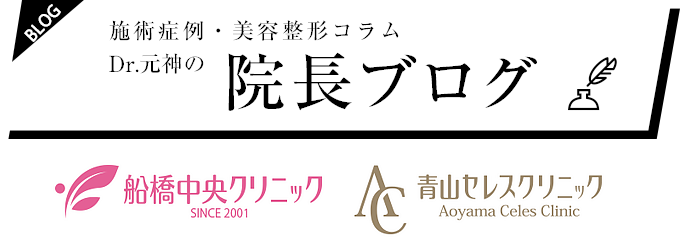



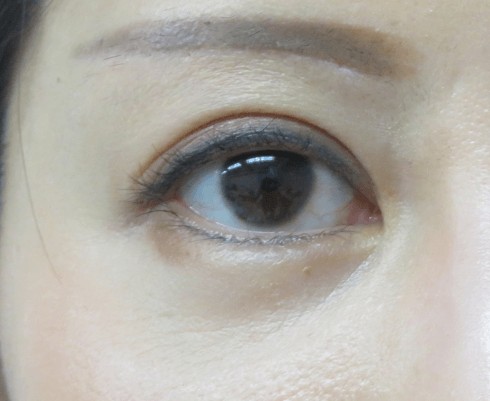

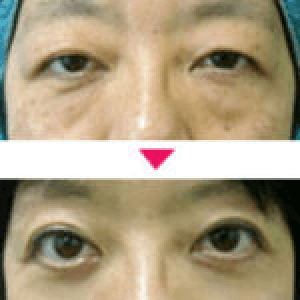
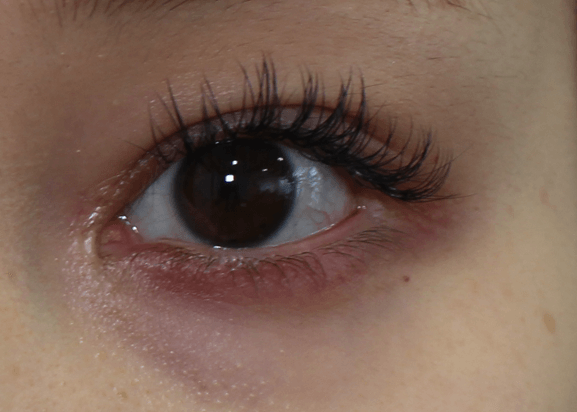
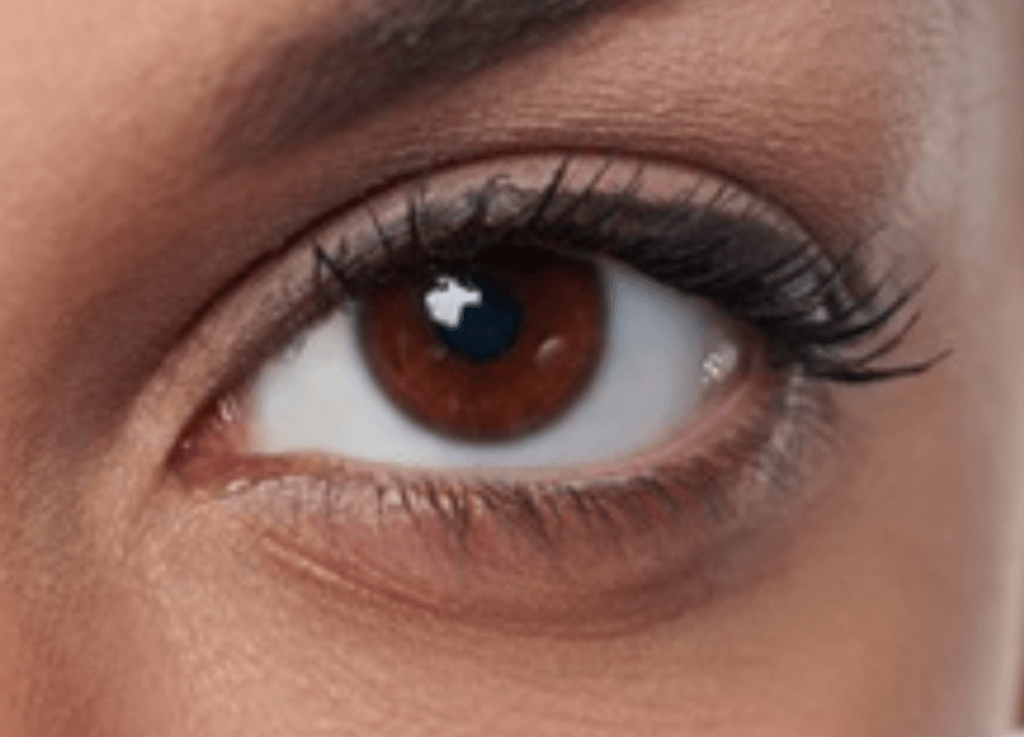
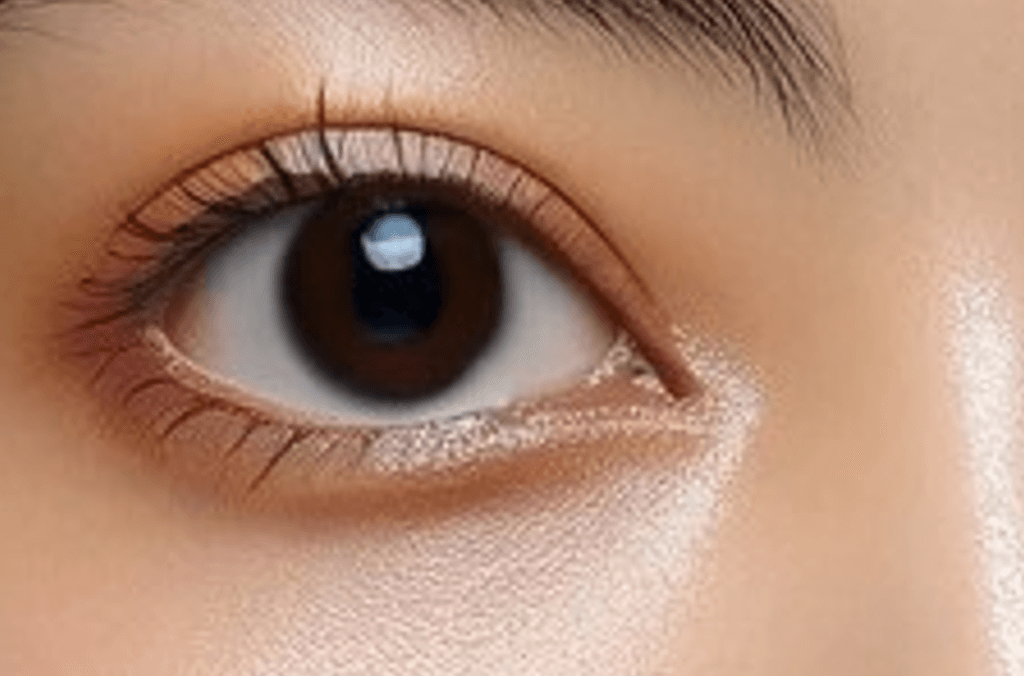
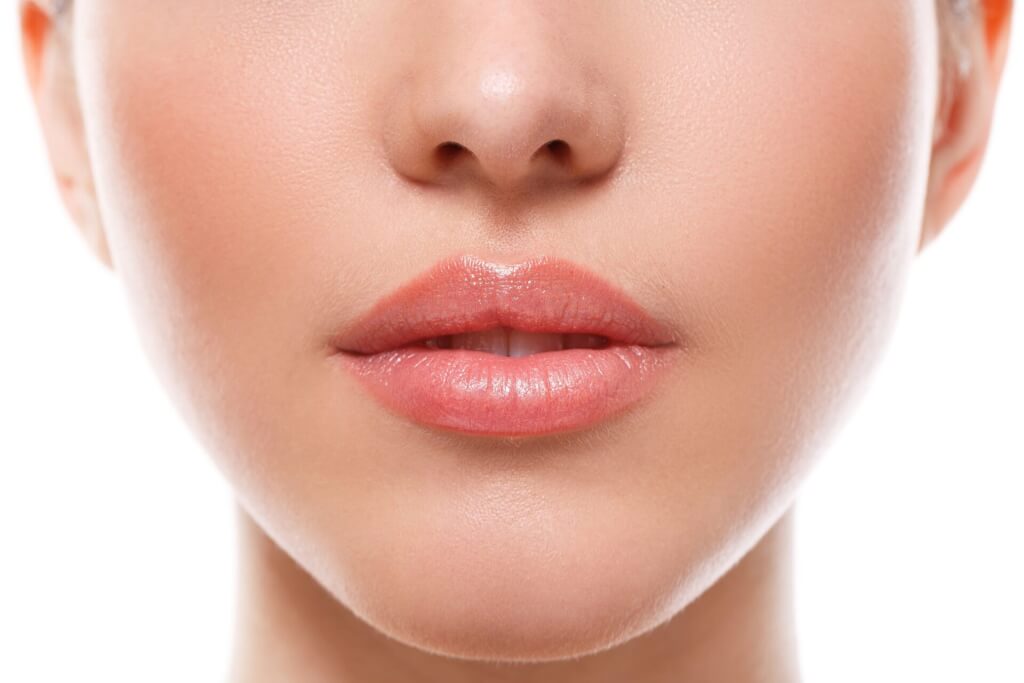




















 フリーダイヤル
フリーダイヤル
